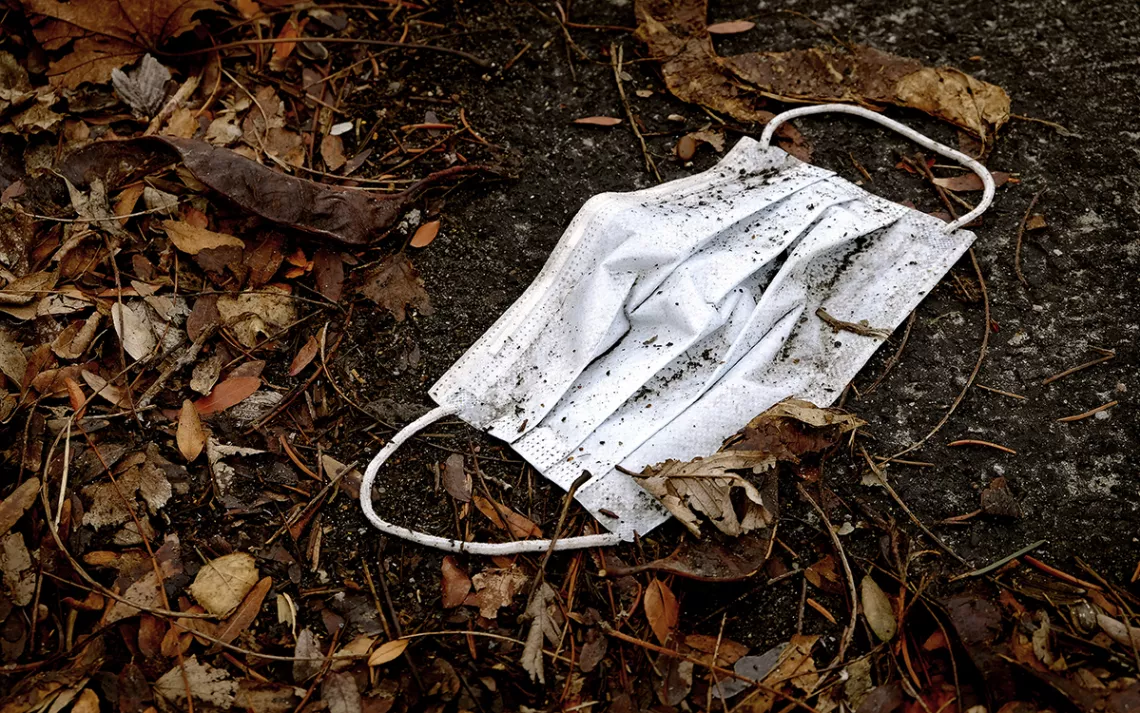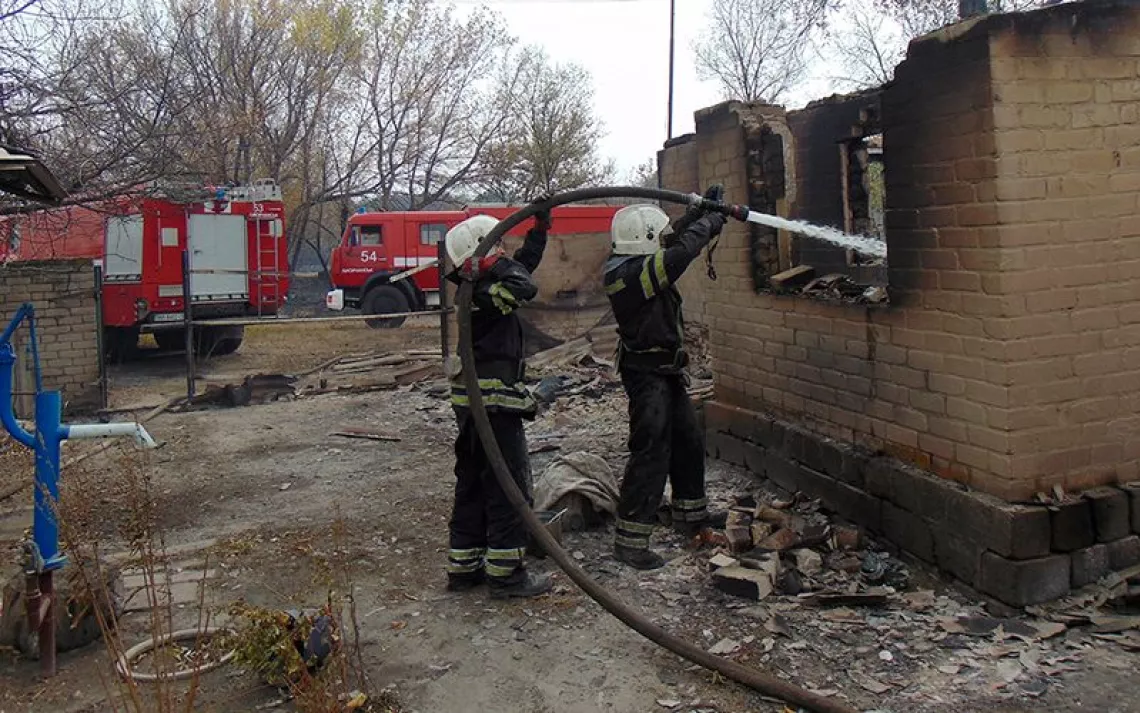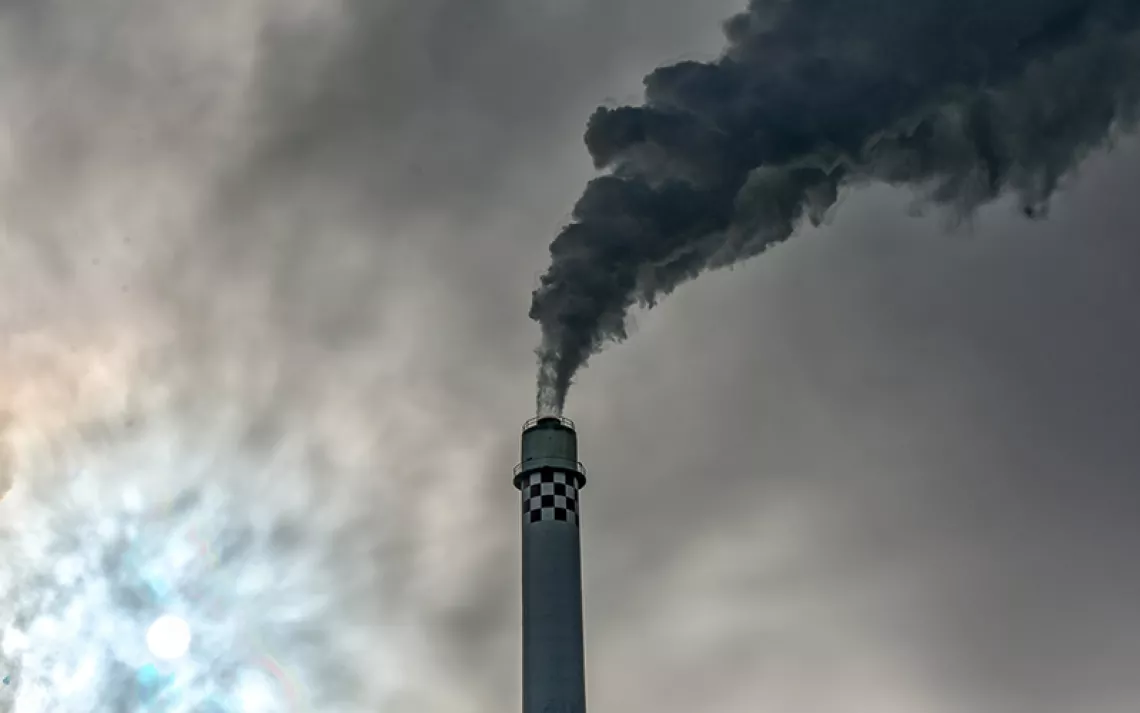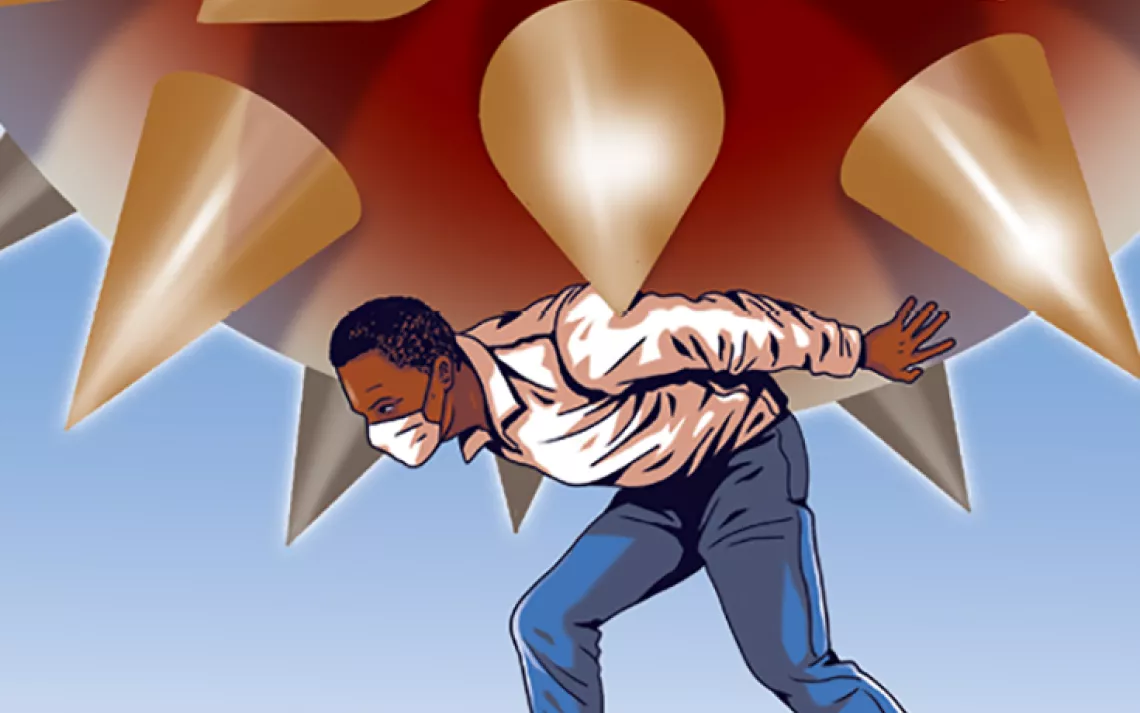The PPE Scourge
We need protection against improperly discarded protective equipment

Photo by iStock/eric1513
You can find it everywhere these days: discarded personal protective equipment, or PPE. The telltale baby blue nitrile gloves, face masks, and wipes that were once symbols of individual responsibility for managing COVID-19 now fuel a different problem. Because instead of disposing of them safely in the trash, people drop them indiscriminately—on roadsides, in shopping carts, at beaches—polluting landscapes worldwide.
An effort to measure the problem paints a disturbing picture. Mark Benfield, a professor in the Department of Oceanography and Coastal Sciences at Louisiana State University, has been studying microplastics (plastic particles less than five millimeters in length) for years. He was used to seeing their familiar sources in the street: straws, beverage lids, and Styrofoam clamshell containers.
But on a walk through his neighborhood in March during the lockdown, he saw something new: discarded PPE. He began to survey his community and reached out to colleagues and other citizen scientists to contribute data. Eventually, more than 30 people took part, from the United States, Canada, Scotland, Turkey, Taiwan, and China.
Participants take geo-tagged pictures of PPE trash and then use a fitness app on their phone to track their walking route and distance, also estimating the width of their route to come up with a measure of the surveyed area. Benfield uses Google Earth to plot the data, then figures out the amount of discarded material per hectare. Because people walk the same routes repeatedly, he is also able to calculate when a new item appears or an existing item vanishes, allowing him to see trends.
“Masks were difficult to obtain in the US for quite a while, so we mostly saw gloves and wipes. But now, masks are much more available and they're becoming much more common. I'm seeing fewer gloves. Wipes are probably about the same,” Benfield says. “The most egregious thing is when I see gloves lying within 10 feet of a trash can.”
Communities are taking notice and punishing offenders. In Yorktown, New York, the fine for littering was doubled to $1,000. Police in East Brunswick, New Jersey, will slap you with fines starting at $50 and climbing to $2,000. The Los Angeles City Council may raise littering fines to $250 and is investigating other options to crack down on PPE abuses. In May, Southampton Town on eastern Long Island approved funds for a litter crew to combat mounting PPE debris.
Improperly discarded PPE can cause considerable damage to a community's sewer system. Wipes flushed down toilets or gloves that get washed down storm drains can require expensive fixes. PPE that gets into wastewater stations can get tangled in the impeller rotors that help push the debris along the piping and lead to pumps burning out, costing tens of thousands of dollars to repair.
“If you've got these clogs throughout the system, you can back up the sewage into people's homes—that's a major, major problem,” says Darren Olson, vice chairman of the American Society of Civil Engineers' Committee on America's Infrastructure. “Or, if the system clogs, there are what are called sanitary sewer overflows—sewage that can't get through the system that can potentially overflow into our waterways.”
In many newer communities, Olson says, storm drains lead directly to rivers, lakes, and wetlands. Any PPE caught in the drain can threaten sources of drinking water, habitats, and aquatic species. As the plasticizers used for softening PPE break down, the plastic turns rigid and cracks. The resulting microplastics that wind up in the ocean become part of the estimated 8 million metric tons of new plastic deposited every year.
Trash systems are also under stress. Gloves may be plastic- or latex-based, but they can't be recycled.
“The PPE does not belong in the recycling bin. It's supposed to be disposed with the other waste for ultimate landfill disposal,” says Steve Changaris, northeast region vice president of the National Waste & Recycling Association, which represents private-sector waste and recycling companies in the United States.
It takes just a simple error to cause a big problem. For example, Changaris says, when one of the companies in his region recently restarted its operations, the regular person in charge of trash wasn't on and the substitute supervisor dumped PPE with the recyclable waste.
“If you have a ton of material that comes in and 25 percent of it is not what's to be recycled, that's a 25 percent loss of efficiency,” Changaris says. “Your workers at the recycling plant now have to clean that up so that it doesn't get further into the plant and foul the other recyclables.”
Recyclable waste is sent from regional collection sites to huge processing plants called materials recovery facilities. When PPE gets into the recycling line, the facility needs to be shut down so that workers can go through and cut out the debris manually. PPE that makes it through and winds up in bundles can decrease its market value.
“A buyer will come, cut the bale open, see PPE in it and say it's contaminated with plastic and not buy it. There are so many dilemmas,” Changaris says.
There are also health concerns to PPE waste, as the COVID-19 virus can last on surfaces from a few hours to several days. People and communities can take some simple but direct steps to address the problem:
- Discard PPE properly in the regular trash.
- Install more public trash cans with reminders to deposit PPE.
- Handle used PPE while wearing clean gloves or with a paper towel before throwing everything in the trash. Put on a fresh pair of gloves before you disinfect the area.
- Put stickers on boxes of wipes, gloves, and masks to remind consumers of proper disposal methods.
- Get information about how to become one of Benfield's citizen scientists tracking PPE by sending an email to covid19waste@gmail.com.
“Look down when you're walking, and notice this stuff and start talking about it because it's everywhere,” Benfield says. “It's becoming a whole new class of waste items, which, when they get into the ocean, they're going to compound an already phenomenal problem of plastic waste.”
 The Magazine of The Sierra Club
The Magazine of The Sierra Club



